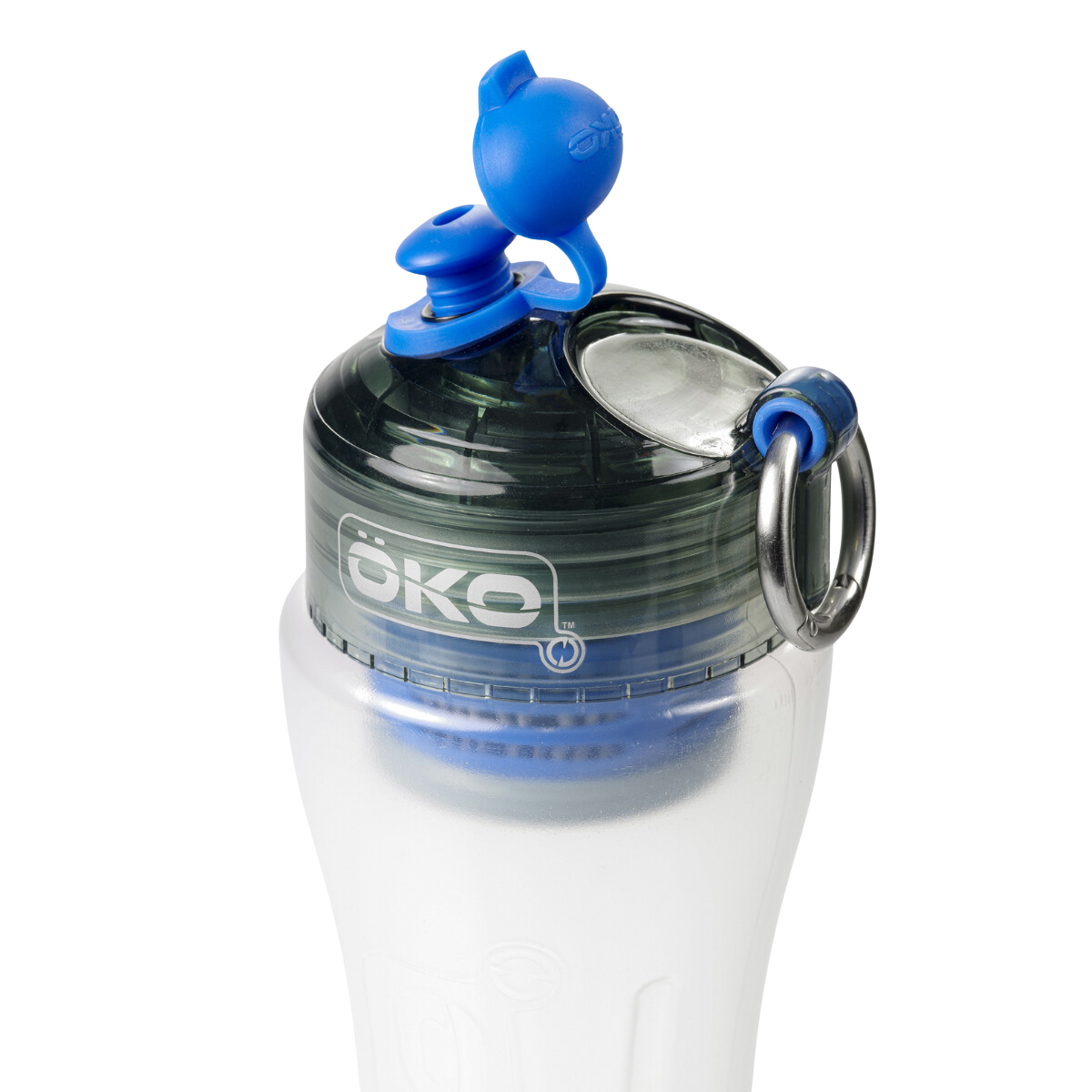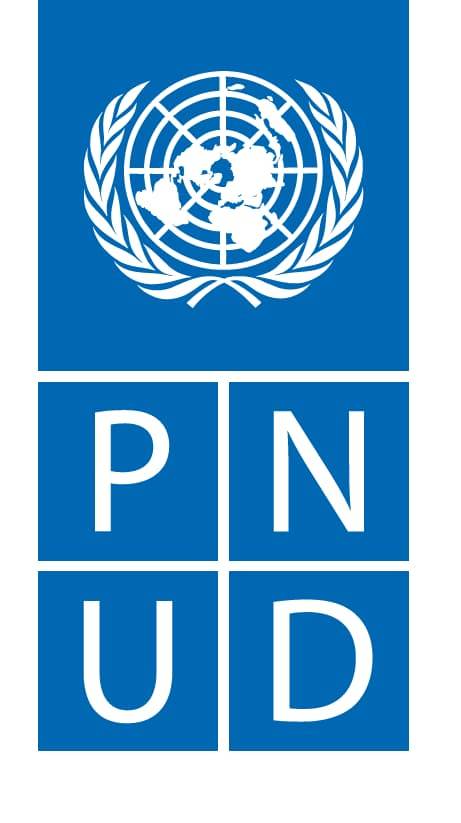Revolutionary® technology
Disruptor® is an electro-adsorbent technology:
Due to its crystalline structure, the mineral creates a natural, strong positive charge that attracts the negative charge present in the mineral.
on most submicron contaminants.
Its electropositive wet nonwoven technology, with a pore size of 1.2 to 1.4 microns,
captures very small-diameter substances and pathogens
(viruses, bacteria, micro-organisms),
mechanically removing larger particles.
3 steps to understanding this jewel of filtration technology
Composition and general operation
Ahlstrom Disruptor® technology is based on the pseudoboehmite mineral, AlO(OH). Each gram of alumina fiber has a surface area of over 500 square meters. The active fibers have a diameter of 2 nm and a length of around 250 nm. The mineral's crystalline structure creates a natural electrokinetic potential of Al+++ at the fiber surface.The 400 pores are dry-calibrated to 1.2 - 1.4 microns, i.e. 1.2 - 1.4 thousandths of a millimetre.

A patented filter from NASA
to our benefit
All upper particles
or equal to 1.4 microns are retained.
Mechanical filtration, down to the micron.
All particles greater than or equal to 1.4 microns are retained.This high level of filtration retains plastic micro-particles, BPA, chlorine, bromine and a large proportion of limescale...400 pores calibrated between 1.2 and 1.4 microns create a tortuous path for water, which, as it passes through the pores, is freed of the many contaminants present in water
All upper particles
or equal to 1.4 microns are retained.
Nanotechnological filtration, down to a tenth of a micron.
Made up of pores calibrated at 1.2 - 1.4 microns, Disruptor PAC uses efficient positively-charged electro-adsorption technology (attraction and retention) to attract and trap harmful agents much smaller than its pore size.The charge fields, activated on contact with the water, extend over 1 micron each to virtually close the pores to any intrusive agent. Water is thus freed of contaminants as it passes through the filter.Antibacterial ions around the pores destroy viruses, bacteria, protozoa, parasites and other micro-organisms. In other words, the ones most commonly found in water and responsible for many illnesses and stomach upsets.
Particles smaller than 1.4 microns
are attracted like a magnet to the pseudobohemite
The secret behind the filter's success
nano-charged ÖKO
The similar filtration efficiency of all other filter bottles on the market is due to the size of their pores, generally calibrated at 0.1 microns, but which is impractical and unhygienic to use with a very low water flow rate and suction operation.
With pores calibrated to 1.2 - 1.4 microns and nanotechnology, Disruptor PAC provides the solution, offering a much higher water flow rate for simplified daily use and impeccable hygiene.
Thanks to a perfect combination of pore size and unique technology, ÖKO water bottles deliver high water flow at the touch of a button, with filtration performance superior to that of conventional filtration systems (carafe filter, carbon filter, etc.) and as effective as suction filter straws.

ÖKO ultra-filtering water bottle
+ More than 1,400 real, verified reviews
At ÖKO, transparency with our customers is paramount.
That's why we use a patented filter Anyone who has had this filter analyzed by a laboratory that meets strict NSF standards will find the same results as in the tables below.
Representations
Comparative study
Efficiency by country
Maximum filtration performance of ÖKO L2 filters
Bacteria* (e.coli or others)
Arsenic III 6.5ph*
Arsenic V 8.5ph*
Viruses (polio, norovirus, rotavirus, others)*
Arsenic III 8.5ph*
Bromate
BPA (bisphenol A)
Arsenic V 6.5ph*
Chromate VI
Bromine (carbon)
Brome
Manganese nitrate
Chlorine* (carbon)
Chloramine*
Mercury 6.5ph*
Cyst*
Do*.
Mercury 8.5ph*
DNA / RNA
Lead 6.5ph*
NDMA
Flumenquine
Silica
Sulfates
Humiquelobe acid
Trihalomethanes (THMs)
Lead 8.5 pH
VOC* Volatile Organic Compounds
Ortho-phosphate
PCB (polychlorinated biphenyls)
Penicillin G
Polysaccharides
Drug residues
Chemical reduction
PET Polyethylene terephthalate (plastics)
 Contact us
Contact us
 FREE delivery on orders over €75
FREE delivery on orders over €75
 Delivery in 2 to 5 days
Delivery in 2 to 5 days
 Secure payment
Secure payment
 French company
French company



